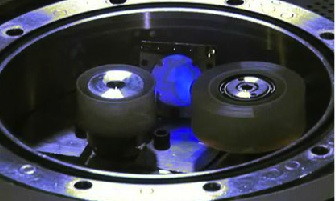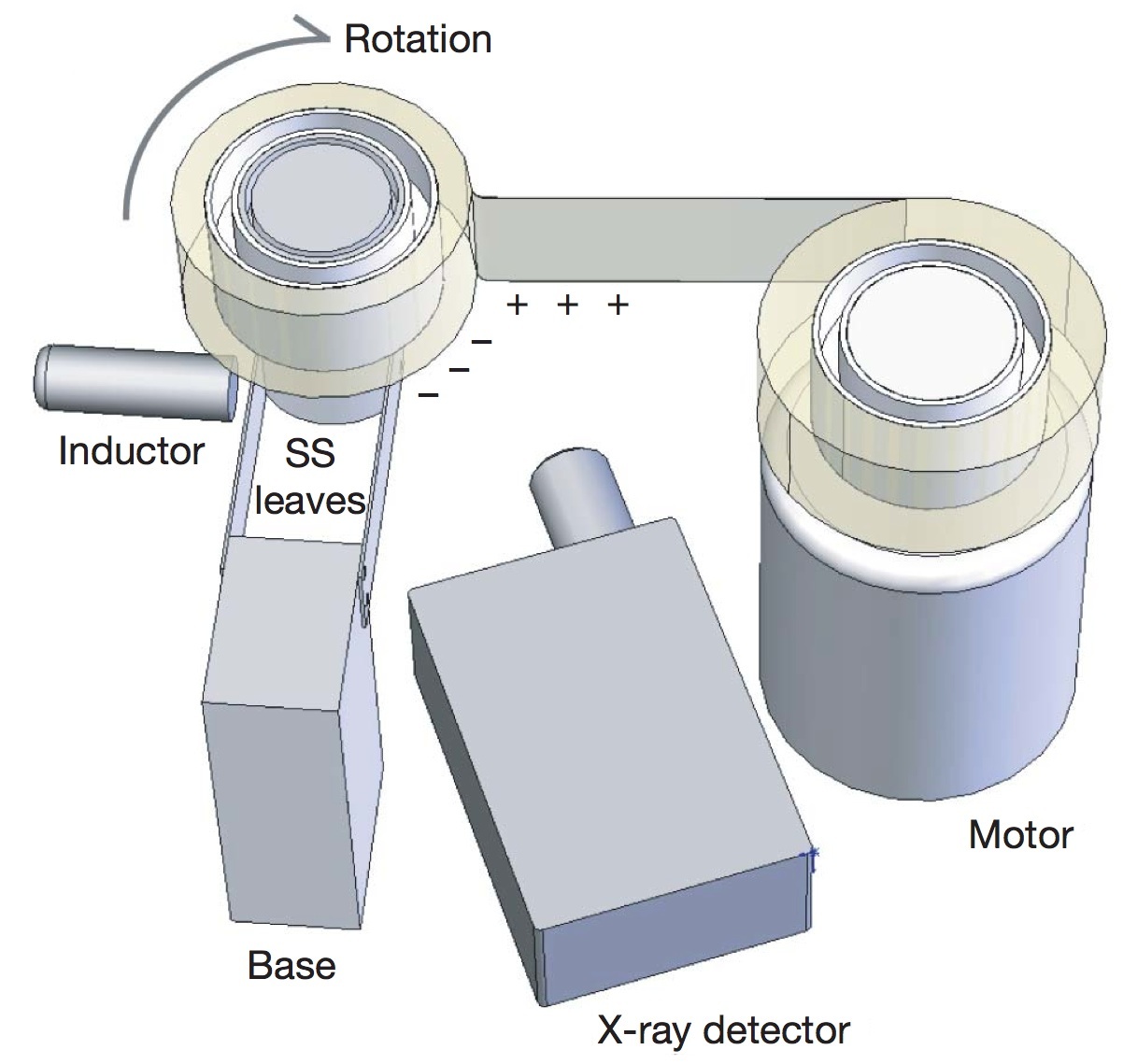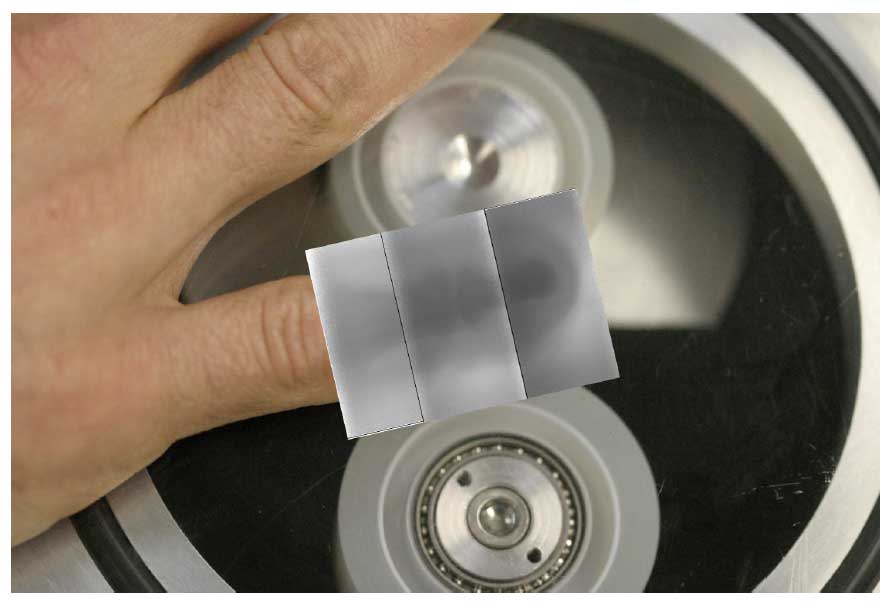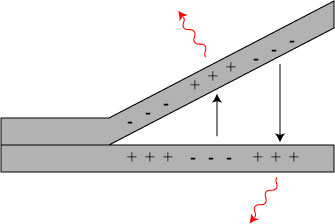X-rays from peeling tape



NOTE: This project requires attention to X-ray radiation hazards.
This project is an exploration of X-ray production from pulling scotch tape. You may not believe this, but hear me out. If you peel tape off a reel in a vacuum (~10^-3 torr) at a few cm per second rate, megahertz of 10-40 keV X-rays are produced, which are approximately dental X-ray quality! X-ray imaging is easy! Could this replace the expensive equipment used in medical radiographs? Possibly... but first we have to understand how it all works!
The original paper,"Correlation between nanosecond X-ray flashes and stick–slip friction in peeling tape," Carlos G. Camara1,2, Juan V. Escobar1,2, Jonathan R. Hird1 & Seth J. Putterman, Nature 455, 1089-1092 (23 October 2008) | doi:10.1038/nature07378; Received 30 December 2007; Accepted 27 August 2008, had an almost immediate reaction. The Nature video to accompany it contains a less detailed but informative introduction to the strange effect.
When two contacting surfaces rub together, they can produce visible light. This is called Triboluminescence, and, according to Camara et al., it is the process by which the X-rays are produced, with clear the implication that it is not, as previously thought, restricted to the visible light spectrum, but can extended several orders of magnitude beyond visible light.

The basic idea is simple: the peeling of the tape causes a separation of charge and, in the reduced pressure of a vacuum, the electrostatic discharge accelerates electrons to energies that are capable of producing Bremsstrahlung X-rays when they strike the oppositely charged side of the tape. However, the exact details on exactly how such high energy photons are produced by mere tape turns out to be rather complicated.
Add your name here to participate:
- Duncan Carlsmith
- Sam Carman